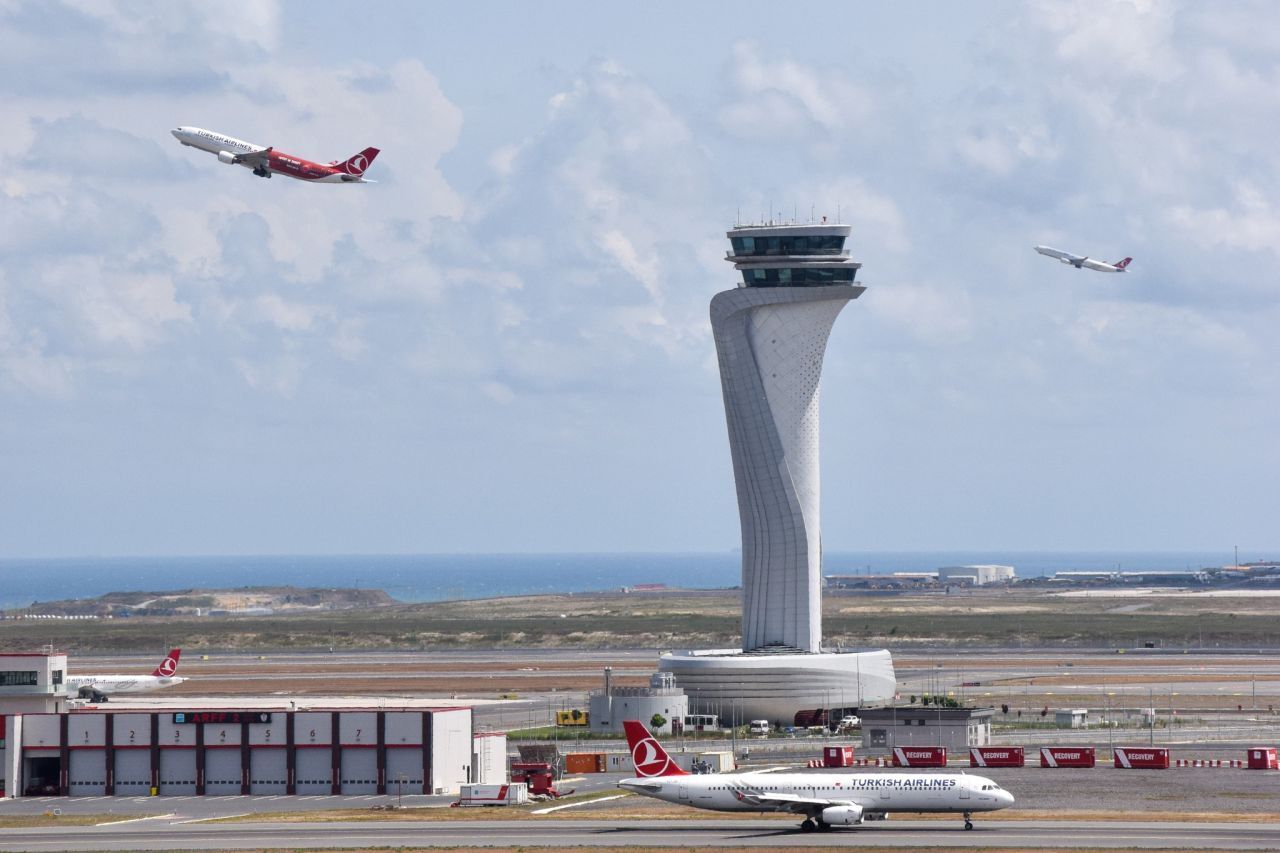International tourism has surged back to near pre-pandemic levels, with the sector recovering to 96% of its 2019 figures in the first seven months of 2024.
Around 790 million tourists traveled internationally during this period, which is 11% more than in 2023. This marks a significant milestone in global travel, highlighting the resilience of the industry and its capacity to rebound despite ongoing challenges such as economic uncertainty and geopolitical tensions.
Data from the latest World Tourism Barometer, released by UN Tourism, points to a strong start to the year, followed by a slower second quarter. The performance aligns with UN Tourism’s projections of a full recovery in international arrivals by the end of 2024, despite the challenges facing the sector. This positive outlook underscores the growing demand for international travel, driven by destinations reopening, particularly in Asia and the Pacific, and sustained demand in Europe.
Zurab Pololikashvili, Secretary-General of UN Tourism, expressed optimism about the sector’s recovery: “International tourism is on track to consolidate its full recovery from the biggest crisis in the sector’s history. The ongoing rebound comes despite a range of economic and geopolitical challenges, highlighting the strong demand for international travel as well as the effectiveness of boosting air connections and easing visa restrictions. This recovery also highlights the growing need for tourism planning and management to cater for its impacts on communities in a way that the immense socio-economic benefits are paired with inclusive and sustainable policies.”
Strong Recovery Across Regions
The recovery in global tourism has been broad-based, with all regions recording notable growth in international arrivals during the first seven months of 2024. The Middle East emerged as the fastest-growing region, with international arrivals up by 26% compared to 2019, reflecting the region’s growing appeal as a global travel hub. Countries in the region, such as Qatar and Saudi Arabia, have invested heavily in tourism infrastructure and increased air connectivity, boosting their profiles as major travel destinations.
In Africa, tourist arrivals surpassed pre-pandemic levels by 7%, showcasing the continent’s growing allure for international travelers. Europe and the Americas, two of the world’s largest tourism markets, reached 99% and 97% of their pre-pandemic figures, respectively. The easing of restrictions, improved air connectivity, and the reopening of previously closed destinations have driven this impressive recovery.
Asia and the Pacific, a region that had been significantly impacted by prolonged travel restrictions, has seen a steady recovery. The region recorded 82% of its pre-pandemic tourist numbers in the first seven months of 2024, with figures reaching 85% in June and 86% in July. As major Asian destinations continue to reopen and boost travel infrastructure, the region is expected to see further recovery in the coming months.
According to the report, 67 out of 120 destinations worldwide had recovered or surpassed their 2019 arrival numbers in the first half of 2024. Some of the standout performers include Qatar, where arrivals increased by 147% compared to 2019, driven by major events like the FIFA World Cup in 2022 and other international gatherings. Albania saw a 93% increase, and El Salvador experienced an 81% rise in international arrivals during the same period. Saudi Arabia, with a 73% increase in arrivals, continues to benefit from its Vision 2030 initiative, which includes significant investments in tourism development. Other top performers include the Republic of Moldova (+50%) and Tanzania (+49%), where tourism has grown steadily, buoyed by nature-based and cultural attractions.
Surge in Tourism Receipts and Expenditure
Alongside the recovery in tourist numbers, international tourism receipts have also seen robust growth. In the first six months of 2024, 47 out of 63 countries with available data reported that their tourism revenues had fully recovered or surpassed pre-pandemic levels. Several countries, including Albania and Serbia, saw their tourism receipts more than double compared to 2019, reporting increases of 128% and 126%, respectively. Other destinations that reported significant growth in tourism revenues include Tajikistan (+85%), Pakistan (+76%), Montenegro (+70%), and North Macedonia (+60%). Notably, Portugal also reported strong growth, with tourism receipts up by 57% compared to 2019.
Türkiye and Colombia both saw substantial increases in tourism revenues, with receipts growing by 55% and 54%, respectively. Saudi Arabia, a key player in the global tourism recovery, reported a 207% surge in tourism revenues in the first quarter of 2024, while El Salvador followed closely with a 168% increase in the same period.
On the expenditure side, outbound travel spending has also shown strong demand, particularly from major source markets like the United States, Germany, and the United Kingdom. Data from the first half of 2024 revealed that U.S. travelers increased their spending on international trips by 32%, while German travelers spent 38% more, and U.K. tourists spent 40% more compared to 2019. Australia, Canada, and Italy also reported strong growth in outbound travel spending, with increases of 34%, 28%, and 26%, respectively.
India, though limited in data availability, showed an impressive surge in outbound spending, with an 86% increase in the first quarter of 2024 compared to the same period in 2019. This reflects the growing appetite for travel among Indian tourists, driven by increasing disposable incomes and a strong desire for international experiences.
Future Outlook and Challenges
Looking ahead, the outlook for the remainder of 2024 remains positive, with UN Tourism’s Confidence Index standing at 120 points for September to December, indicating favorable expectations for the industry. This, however, is slightly lower than the May-August period, which had a score of 130. Despite this slight dip in confidence, nearly half (47%) of the experts surveyed expect the tourism sector to perform better in the final months of 2024 compared to the previous period. Another 41% anticipate similar performance, while only 11% forecast a weaker finish.
Experts have also pointed to several challenges that could temper the recovery, including inflation in travel and tourism, particularly rising transport and accommodation costs. The global economic situation remains a concern, as does staff shortages in the tourism and hospitality sectors, which have struggled to rebound as quickly as demand for travel. Additionally, extreme weather events linked to climate change continue to pose risks to the industry, disrupting travel plans and affecting tourism infrastructure.
Nevertheless, the broader trend points to a near-complete recovery for global tourism by the end of 2024. With growing international travel demand, strengthened air connectivity, and easing visa restrictions, the sector is well-positioned to regain its pre-pandemic momentum. As tourism continues to recover, the focus will increasingly shift toward sustainable practices and responsible tourism, ensuring that the benefits of the industry are shared equitably across communities while minimizing negative impacts.













